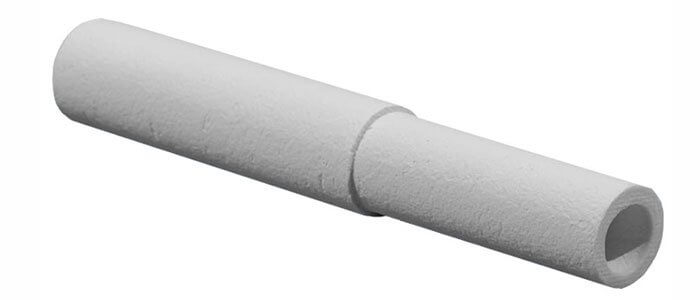Ceramic fiber products have gained prominence in various industrial applications due to their exceptional thermal insulation properties and resistance to high temperatures. These products are manufactured through intricate processes, and their features can be significantly influenced by the choice of materials and production methods.
The primary components of ceramic fiber are alumina-silica materials, which contribute to their excellent thermal stability. The manufacturing process involves heating these materials to high temperatures, resulting in fibers that are lightweight, durable, and capable of withstanding extreme heat conditions.
What Factors Affect the Quality of Ceramic Fiber Products?
1. Ratio of raw materials
One crucial factor affecting the temperature resistance of ceramic fiber products is the specific blend of raw materials used in their production. Different formulations may lead to variations in the melting point and overall stability of the final product. For instance, products with higher alumina content generally exhibit superior resistance to elevated temperatures.

2. Production Technology of Ceramic Fiber Products
The strength of ceramic fiber products is closely tied to the manufacturing process, particularly the method used to form the fibers. Variations in techniques such as spinning, blowing, or vacuum forming can impact the structural integrity and tensile strength of the final product. Engineers and manufacturers carefully select these processes based on the intended application and required mechanical properties.
Frequency of use is another critical consideration when evaluating ceramic fiber. The ability to endure repeated thermal cycles without compromising performance is essential for applications where temperature fluctuations are frequent. The manufacturing process plays a key role in determining the product’s cyclic durability and resistance to thermal shock.
3. Special coating
Additionally, the incorporation of additives or coatings during production can enhance specific properties of ceramic fiber products. These modifications might include reinforcing agents for increased strength, corrosion-resistant coatings, or anti-oxidation treatments to extend the product’s lifespan.
In conclusion, the features of ceramic fiber are intricately linked to the materials used and the manufacturing processes employed. The choice of raw materials, production methods, and additional treatments significantly influences the temperature resistance, strength, and frequency of use of these products. As industries continue to demand high-performance materials for extreme conditions, the ongoing research and development in ceramic fiber technology will likely yield even more advanced and tailored solutions.


